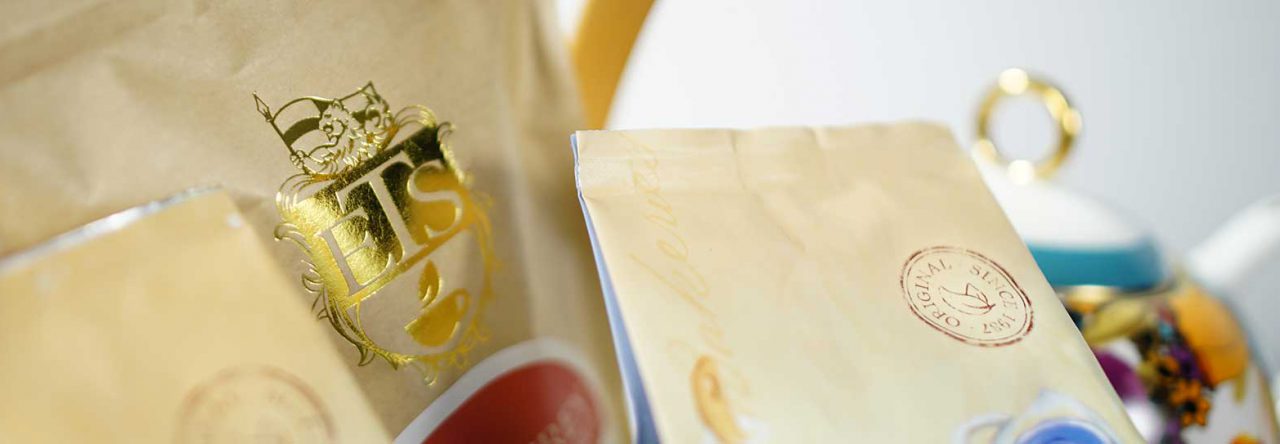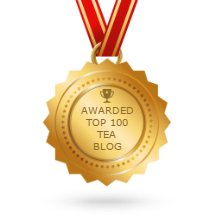 To say that tea is part of Asian life is sort of like saying that football, basketball, and baseball are part of American life. The role it plays differs in various parts of Asia. For example, tea in China is part of their traditional medicine and used in Chinese cuisine, plus their approach to tea is different from Korea which is different from Japan. They’re all different from Europe (especially Britain), India, Sri Lanka, Africa, the Middle East, etc.
To say that tea is part of Asian life is sort of like saying that football, basketball, and baseball are part of American life. The role it plays differs in various parts of Asia. For example, tea in China is part of their traditional medicine and used in Chinese cuisine, plus their approach to tea is different from Korea which is different from Japan. They’re all different from Europe (especially Britain), India, Sri Lanka, Africa, the Middle East, etc.
Asian tea traditions stretch back through the millennia. Understandable since China is reputed to be the birthplace of tea over 5,000 years or so ago. The ability of the tea plant (Camellia Sinensis) to create a wonderful beverage was supposedly discovered after a few leaves fell into a pot of water that was being boiled to purify it for drinking. Since then, other varietals such as Camellia Sinensis assamica were discovered and came into commercial production, adding to the palette of teas available. Those Asian traditions persist through it all.
Tea traditions encompass methods of preparation, types of teas, and teawares used. Some have become so ritualized, such as in Japan, that they have very preset bodily movements by the preparer and the guests, every movement having a particular meaning (more on that in a future article). Tasting methods and the occasions when tea is consumed are also part of these traditions.
Loose teas are far more common in Asia than Europe and the U.S., where bagged teas and even pre-made bottled teas and tea concentrates have taken over, dominating the market. This Asian loose tea preference seems to be due to their strong connection between tea and ceremony. How can you dunk a teabag in hot water in a teacup and consider that a sign of respect to your parents, a wedding acknowledgment, an apology, or a way of connecting with the many members of your family? Since tea in Asia is used for all of this and more, steeping it loose is very important.
“Loose” doesn’t necessarily mean full-leaf as in Hong Jing Luo, a tea made from the tipmost two leaves and a bud. It can be a powder as in matcha, a cake/brick/tuocha of compressed leaves as in some pu-erhs, or broken leaf pieces as in black teas like Keemun Panda.
Rather than silver and porcelain/bone china, many Asian teapots are made of Yixing (actually Zisha — “purple sand” — only found in Yixing in Jiangsu Province) clay, which has the reputation of “rounding out” the taste of the tea. They are unglazed and, therefore, porous, absorbing the tea flavor with every steep. Households in China can have several teapots, one for each type of tea. They even found their way to Holland along with shipments of tea when that trade route opened up. Korean teawares are made of metals or ceramics, with some rare items being porcelain. They vary depending on which ceremony they are to be used in and who is using them (for example, porcelains were reserved for emperors and the most rare ones were decorated with dragons).
Neither are teapots always the preferred vessel of steepage in Asian countries. Little bowls with saucers and lids called “gaiwans” in China are one option, and open tea bowls called “chawans” are used in Japanese tea ceremonies.
Often, tea ceremonies in Asia are related to religions, especially Buddhism, and as such have been greatly affected by events that have sought to suppress those religions and emphasize various state-oriented governments. The love of tea continues, though, along with its use in medicine and cooking.
More info on traditions in certain Asian countries to come in later articles.
Further explore the world of tea by visiting Tea Time with A.C. Cargill!



Leave a comment